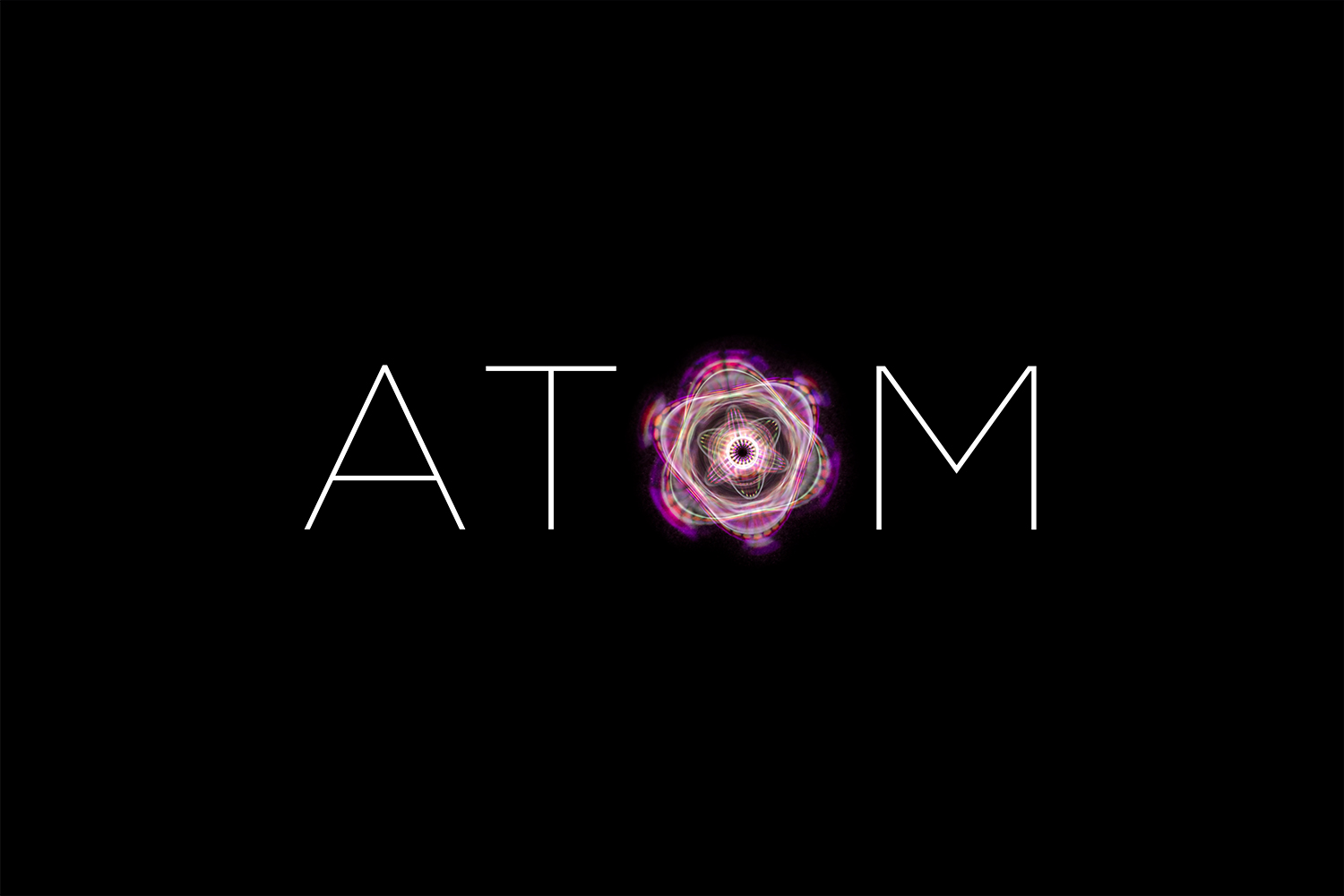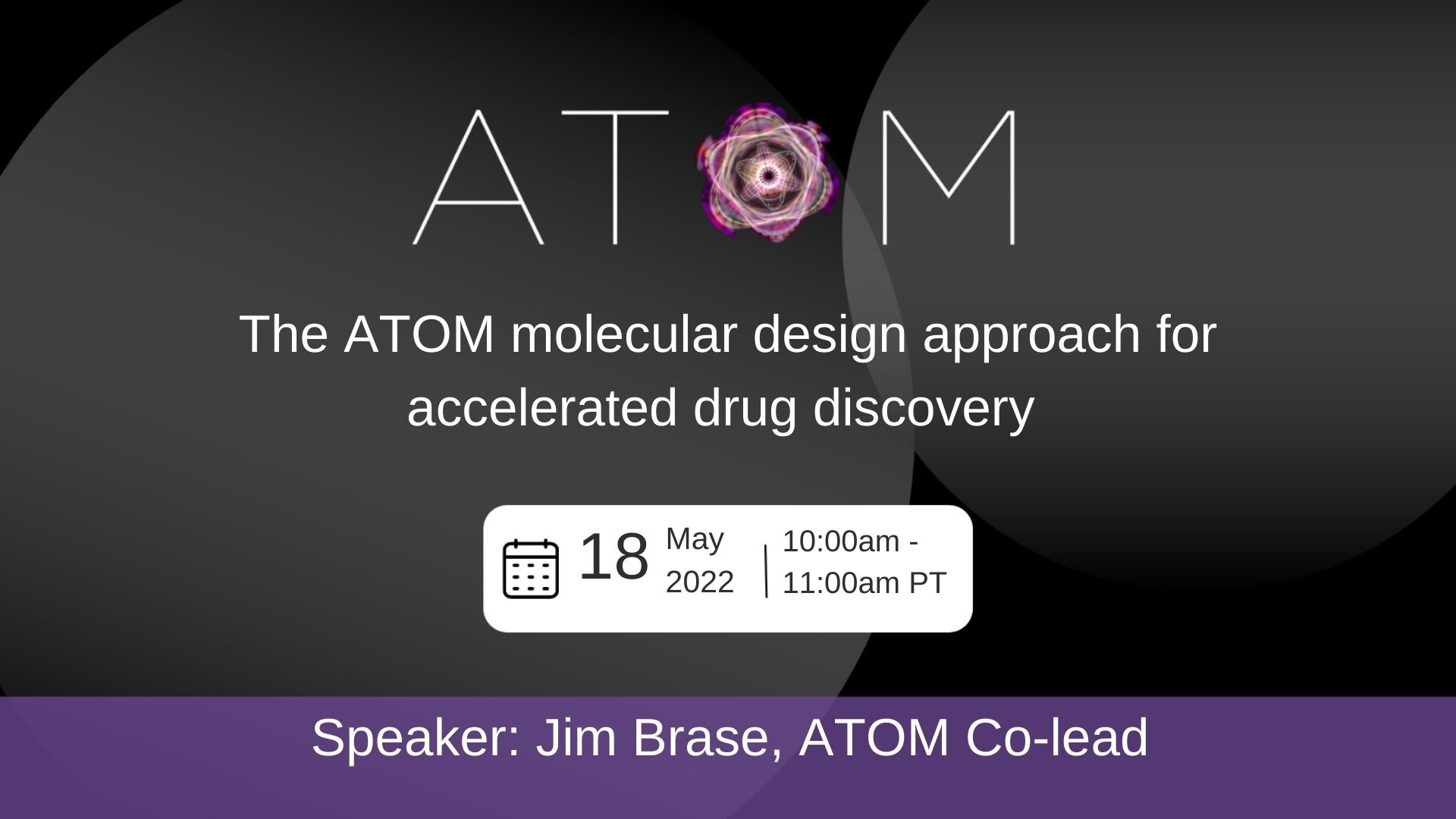About Us
Transforming drug discovery
The Accelerating Therapeutics for Opportunities in Medicine (ATOM) consortium is a public-private partnership with the mission of transforming drug discovery by accelerating the development of more effective therapies for patients.
History
In June 2016, GSK, the Department of Energy, and the National Cancer Institute announced their intent to create the ATOM partnership as one of the Cancer Moonshot task forces, with funding support under the 21st Century Cures Act.
The ATOM consortium was officially established in October 2017.
ATOM founding members are GSK, Lawrence Livermore National Laboratory, Frederick National Laboratory for Cancer Research, and the University of California, San Francisco.
In March 2021, the U.S. Department of Energy’s Argonne, Brookhaven and Oak Ridge National Laboratories joined the ATOM Consortium to further develop ATOM’s artificial intelligence (AI) - driven drug discovery platform.
Vision
Our goal is to transform drug discovery from a slow, sequential, and high-failure process into a rapid, integrated, and patient-centric model. We are integrating high performance computing, diverse biological data, and emerging biotechnologies to create a new pre-competitive platform for drug discovery.
What We Do
ATOM is developing a pre-clinical drug design and optimization platform that leads with computation to help shorten the drug discovery timeline. ATOM’s approach employs data-driven modeling and generative molecular design to determine design criteria that consider pharmacology, safety, efficacy, and developability in the context of lead optimization. ATOM’s active learning design platform aims to selectively incorporate results from mechanistic simulation and human-relevant experimentation to generate and optimize new drug candidates significantly faster and with greater success than conventional processes.


































































